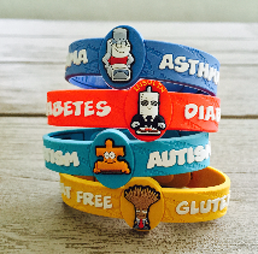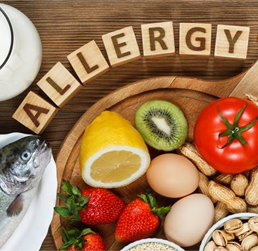
Trapped in a wheat/gluten maze? Read this and get out.
Your daughter has a wheat allergy, but Jane’s son has celiac disease. You know her allergy is kind of like his disease, but still different. Throw in gluten intolerance, and it all gets VERY confusing. Is it happy hour yet? UGH.
Before you turn to another article or reach for the aspirin, let us shed some hopefully clear light on what makes these things both different and the same.
First, you should know the difference between wheat and gluten, and the fact is gluten is a protein found in wheat. But gluten is NOT just in wheat… it’s in rye, barley and some oats.
Now, let’s look at the problems these things can cause.
When someone with a wheat allergy has wheat, they may be attacked in several body parts (e.g., hives on the skin, wheezing in the chest, etc.). The good news is that when treated, the symptoms go away, and many kids will even outgrow this allergy. Also, those affected can still enjoy other grains, like rye, barley and oats.
Kids or adults with a gluten intolerance (or gluten sensitivity) will experience stomach problems, headaches or brain fog after eating gluten. But there’s no test that can prove it. Regardless, they stay away from anything with gluten – any food containing wheat, rye, barley and some oats – in order to feel good.
Celiac disease is a lot like gluten intolerance, but a doctor CAN test for it. Another difference is celiac disease can really do damage to a body, while problems with gluten intolerance usually heal up just fine once the gluten is out of the system. That’s why it’s critical that people with celiac disease always avoid gluten.
To sum it all up…
Anyone with ANY one of these issues should NOT have wheat.
Anyone with celiac disease or gluten intolerance/sensitivity should also steer clear of any other grain with gluten.






